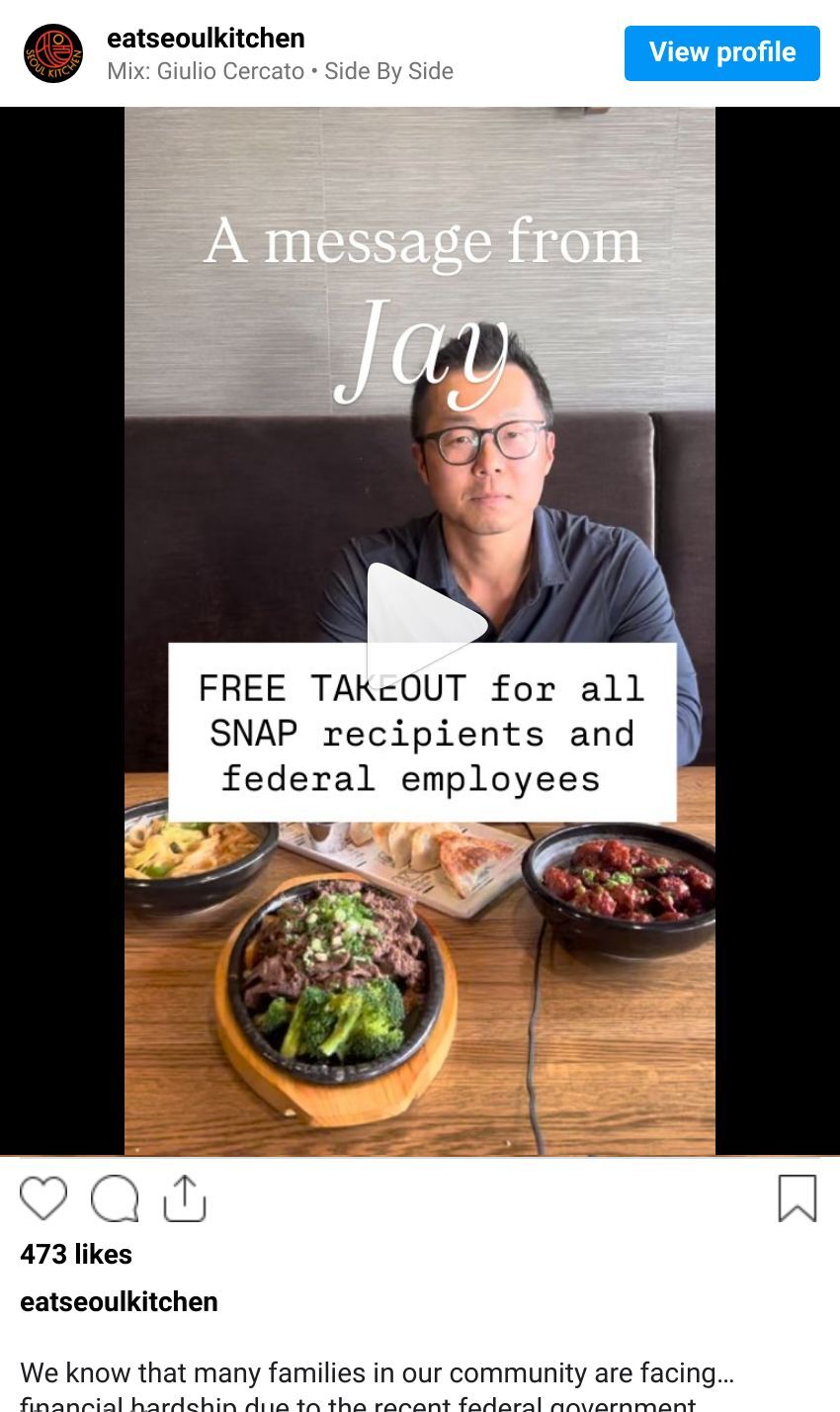Good Morning! This week inspiration struck me like it often does for those of us with ADHD: all over and from every different direction. I’m just coming off of a solo-parenting stint this week and I can hear the call of a nice strong beverage this evening 😅
So here’s some recommendations, news, and resources for all those who like agave, whiskey, and for all those who like to eat.
Anyway, onto this weeks newsletter!
The Agave Spirit You May Not Have Heard Of
It’s Not Tequila, It’s Not Mezcal, It’s Something Entirely Unique
I had pinned this topic somewhere in my brain over a month ago but seeing one of Lui’s recent videos reminded me to talk about it. Agave spirits are having a ✨moment✨ right now, or I guess they’ve been having their moment for a while, but tequila and mezcal are typically the only ones that get major attention. Have you ever heard of raicilla? First I’ll include Lui’s much more thorough explanation:
@lui_fern This isn't tequila and it isn't Mezcal. so what the hell is it? this is Raicilla
Now for those of you who want the traditional newsletter experience I am going to try and give you the condensed read-only version. Raicilla is a spirit made from agave in Jalisco, Mexico. Although it is made from agave it is distinctly different from tequila. It also can’t legally be called mezcal as this article from our frequently quoted resource, Mezcalistas, explains. Lui likens the spirit to Mexico’s version of moonshine here in the US because of the outlaw of its production for so many years. Raicilla production was outlawed during the colonial era in Mexico and is still in the process of being formally defined. Currently there are no formal rules or regulatory body to define what is and is not raicilla.
Raicilla is made much like mezcal, from the roasted heart of the agave plant (also known as the piña). It is also made from 100% agave. The two distinct regions of raicilla production, however, use predominantly different varieties of agave: raicilla “de la sierra” (of the mountains) uses agave maximiliana and raicilla “de la costa” (of the coast) uses either agave angustifolia or agave rhodacantha. These varieties of agave are used not only because of their hardiness in the environments of their origin but also because they yield the best sugar-per-plant. For those of you that are visual learners like I am I made a little comparison graphic to see how the plants vary.

And for the plant nerds in the crowd here is the Agave Species page from Mezcalistas that I used to source these images. They explain how and why each type of agave is used.
Move Over Bourbon, Irish Whiskey is Coming to Reclaim its Throne
Bottle-Heads are Snatching Up Irish Whiskey, but Why?
Our friends over at Rickhouse put out a newsletter recently that really caught my eye. I’m a big lover of bourbon and rye whiskey but I also have been trying to explore Irish whiskey recently. I was born an O’Malley (descended from Irish immigrants) so naturally my brother and I often swap interesting Irish whiskey bottles we find in our respective liquor store browsing sessions. Apparently Irish whiskey is on its comeback tour, at least according to this post.
What I was most intrigued to learn was that Irish whiskey was actually the trail blazer in the whiskey world and only fell from its lofty throne because of an unfortunate storm of combined circumstances. British imperialism, market competition, and prohibition in the US are all cited as contributing factors.
Apparently bottle-heads are looking to snatch up Irish whiskey more than ever in recent memory. Part of this is because Irish whiskey distilleries are doing things that bourbon distilleries simply can’t in the current market. Rickhouse writer Danny Bauer lists the reasons: “Triple distillation. Unique cask finishes. Single pot still innovation. And they're not bound by the same allocation nightmares you deal with every Thursday morning.” So even collectors that might otherwise be uninterested in Irish whiskey are now buying up bottles if only to use as trade bait amongst other collectors.
The Food and Beverage Industry is Getting Hit Hard
The Government Shutdown and Cuts to SNAP are Impacting the Industry in Ways You May Not Expect
The US spirits industry is facing major losses during a time that they would normally be making some of their biggest profits. The TTB (Alcohol and Tobacco Tax and Trade Bureau) is one of the hardest-hit government agencies by the shutdown. The TTB is “responsible for issuing permits, approving formulas and labels, and collecting taxes on distilled spirits.” With the agency closed while the government remains in shutdown new product launches are being delayed along with general production timelines. “The shutdown comes on top of wider challenges for the US alcohol sector and the hospitality industry, which are experiencing rising costs, a slowdown in sales, and tariffs.” Spirits companies were hoping to make up for disappointing sales in the first three quarters with holiday shopping. The Spirits Business writer Nicola Carruthers reports that the average loss per company amid this ongoing shutdown is $40,000 with some facing more than $100,000 in losses.
In the food sector, cuts to SNAP funding is not only putting over 40 million people back into food insecurity it’s also causing some grocers to brace for major sales losses. Over 250,000 retailers are authorized to accept SNAP payments. Although not all of them rely on the program to keep above water, some retailers serve communities that rely heavily on the assistance. These retailers like Save A Lot in Springfield, MA have much more to lose, with 65% of their sales being attributed to SNAP.
If you or someone you know is facing hardship and need help getting food on the table Feeding America is a great resource. They have a search function to help find a food pantry or kitchen near you. For those who can now is a great time to consider making a donation to your own local food pantry directly. Often monetary donations go further than buying and donating food yourself since the organizations know what their communities need most.
Best Video We Saw This Week
Okay this one is a two-for-one. This is what being part of a community is, filling in the gaps for neighbors in need. Seoul Kitchen in Westford and Leominster, MA was the first local (to me) restaurant I heard of doing this sort of thing. Volturno Pizza in Worcester, MA followed suit and one of their owners, Thomas, opened up about how SNAP (then known as Food Stamps) helped make him who he is today. Thank you Jay and Thomas, and thank you to everyone else that is stepping up to make sure others have access to food.
Quick Hits:
As Lui has talked about in a recent video, the additive-free movement has faced labeling and censorship issues. Fear of retaliation has caused many brands to lose time and money on relabeling bottles.
Ever wonder which companies own which spirits? Vine Pair offered up an infographic that shows you which beverage giants own the brands you love or hate.


